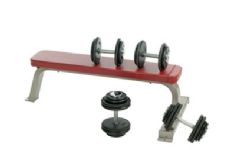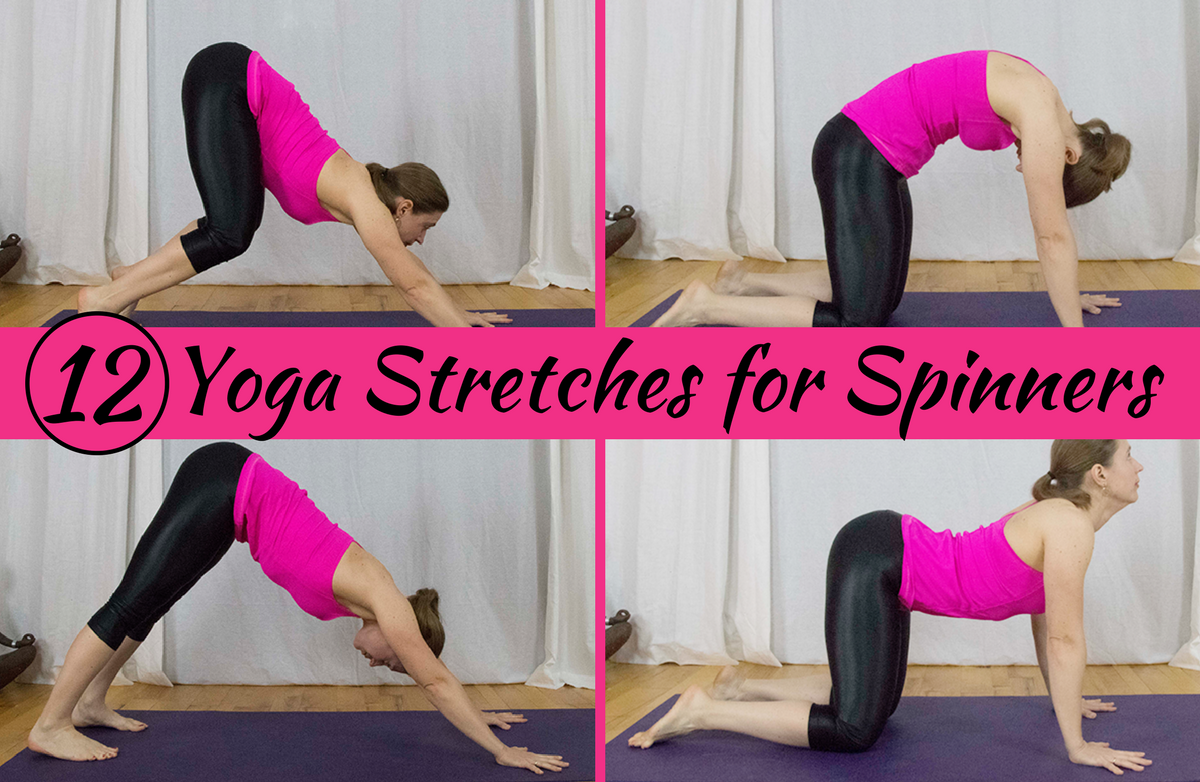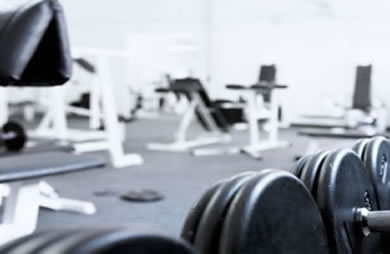|
Warning! This list may be controversial, so feel free to disagree. I imagine that, for many people, several of the exercises on my personal DON'T DO list may be on your favorites list–and one, in particular, is probably on almost every gym rat’s favorite list. But I think the following five exercises all have problems that make them worth avoiding for the general fitness enthusiast. Either the exercise isn’t nearly as effective as alternates you could do instead, which means it’s wasting precious time, or it may actually increase your risk of fairly common injuries or problems. So, here’s the list, counting down from No.5 to No.1, along with some better alternatives. Are any on your list of regular exercises? Number 5. Wrist Curls. I see a lot of people in the gym doing wrist curls with barbells or, sometimes, special gadgets designed for this exercise. This is usually a waste of time. It’s true that your grip strength and wrist strength can be a limiting factor in how much weight you can handle. People with poor grip strength often aren’t able to use enough weight to really challenge their larger arm, back, and chest muscles. But, unless you’re a bodybuilder who needs to handle extremely heavy weights, you’ll be increasing your grip/wrist strength effectively enough when you do any challenging pull exercise. If you do use pretty heavy weights, or find that your hands are getting fatigued before your arms or other muscles are, you should probably be using weight lifting gloves. In any case, you can definitely find a better way to use the time you've been spending on those 2-3 sets of isolation wrist exercises. Better exercises: rows, lat pulldowns, or pull-ups (including assisted pull-ups) Number 4. Triceps kickbacks. The problem here is that the angle of your arm in this exercise doesn’t allow you to use a weight sufficient to overload the triceps muscle effectively, and it does put stress on your shoulder in a way it’s not really designed to handle. Better exercises: Triceps pull-down, triceps extensions, dips, pushups with hands close together. Number 3. Smith Machine Squats. This is the exercise where the barbell you have on your shoulders travels up and down in a straight line, attached to a supporting frame. The problem is that your body doesn’t naturally do squats this way–your upper body will naturally tilt forward to help maintain your center of balance over your heels. If you want to be able to do real-life squatting movements more effectively, you should do regular squats without the machine. If you aren’t comfortable using a free weight barbell to add resistance, try these alternatives. Better exercises: squats with dumbbells, goblet squats (lowering single dumbbell in front between your feet), plyometric squats (eg, jumping up onto a step), deadlifts. Number 2. Crunches on the floor. Are you one of those people who does hundreds of ab crunches per day? Do you do them on the floor or on a mat? If so, save yourself some time and, potentially, some back problems. Doing forward ab crunches on a firm surface exposes portions of your spine to unnecessary pressure, and this has caused problems for many people. And doing dozens or hundreds of crunches on any surface is not nearly as effective as doing sets of 3-25 repetitions with enough added resistance to fatigue those muscles. Better exercises. Reverse crunches; crunches with added weight on a stability ball; planks (especially rotating planks–try doing a full rotation of front plank, right plank, reverse plank, and left plank, holding each position for as long as you can without resting in between). Number 1. The Common Bench Press. This may well be the most popular of all gym exercises. The problem with it is not the movement itself (as long as you don't let your upper arms dip below parallel to the floor)--it's the bench. Most gym benches are narrow enough that they force your shoulder blades into an unnatural movement pattern to accomplish this exercise. This is not necessarily a problem, but it often can be if you’re also straining to increase the amount of weight you’re lifting–something most serious bench pressers are very prone to do. Better exercises: Cable or band chest presses; push-ups and dips(weighted, if necessary)--for great results, try doing alternating sets of push-ups and dips without resting in between. These aren't the only potentially risky or ineffective gym exercises, or even the worst offenders (for those, see this article). How many of these exercises do you do regularly? Ever had any problems with them? Obviously, many people can and do manage to use these exercises without problems, and get good results from them. But they can be more risky for many others, and the "better" exercises will usually give you better results without these potential risks. What's your opinion on these weighty matters? |
Popular Entries
Related Entries
More From SparkPeople
|





.png)

















